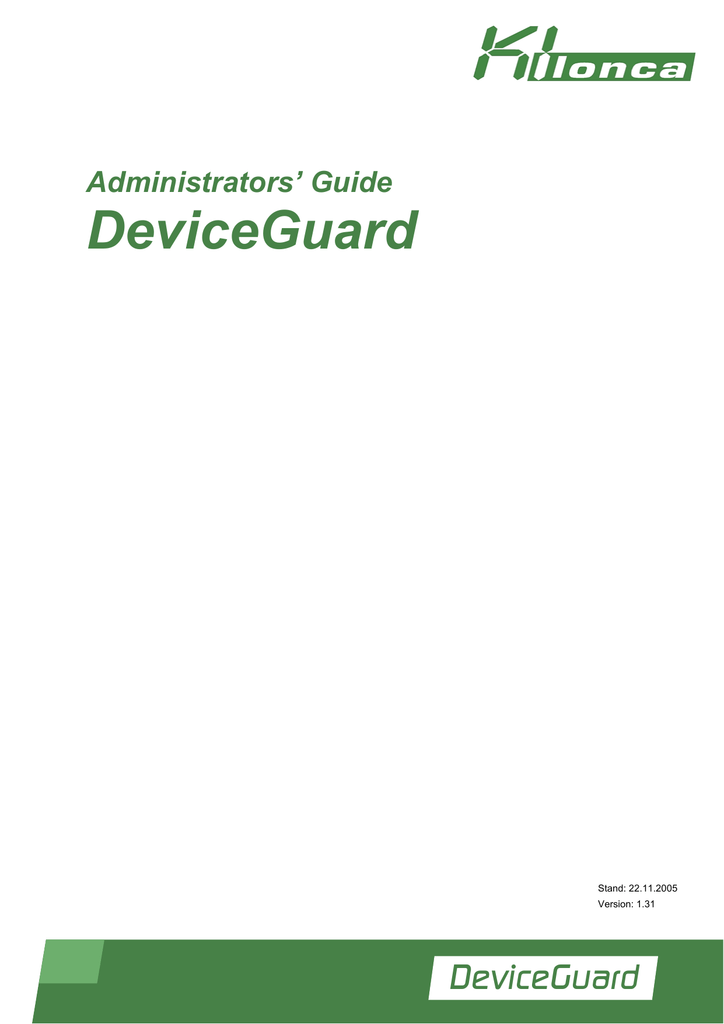For example, NormSoft's PocketTunes, a $38 application for all Palm Treo phones, not only handles music downloads from Yahoo Music Engine. For a slew of free mobile-phone software apps. By NormSoft, Inc. Platform: Palm OS Currently unavailable. We don't know when or if this item will be back in stock. Ram Used: 820 Resolutions: Sony Hi-Res (320x320.
Home -> Smartphone Reviews -> Palm Centro, GSM for AT&T


Editor's rating (1-5):
Discuss this product
Review posted Feb. 19, 2008 by Lisa Gade, Editor in Chief
Back in October 2007, we reviewed the Palm Centro, at that time exclusive to Sprint in the US. Now AT&T is offering the GSM version of Palm's most affordable PDA phone. Selling for $50 less than the Treo 680 on AT&T Wireless, the Centro is also smaller and lighter. The Centro is an introductory level PDA phone that runs Palm OS Garnet 5.4.9 (same as the 680) and it does most everything the 680 does, with a less expensive casing. PDA phones and smartphones (what's the difference: PDA phones have touch screens) used to sell for $500 but these days, prices have dropped, and even power-user models like the AT&T Tilt selling for considerably less. AT&T's smartphone lineup is so broad that the Centro's biggest competition comes from within AT&T's line: the Samsung BlackJack II, Pantech Duo and BlackBerry Pearl also sell for $99 with a 2 year contract. The BlackBerry Curve, Treo 680 and Motorola Q Global sell for $149. Palm and AT&T are betting that Palm OS fans and touch screen lovers will flock to the only $99 device with a touch screen. The hip, young look and small size are attractive to youthful first time smartphone buyers and the touch screen has become a hotter commodity since the introduction of the iPhone. And unlike Windows Mobile, the Centro, like all Palm OS devices, syncs to Mac OS out of the box.
The Centro, like the Treo 680 but unlike the Treo 750, has EDGE but no 3G for data. It weighs only 4.2 ounces and uses the same Marvel PXA 312MHz processor as the Treo 680 (the Treo 750 has a 300MHz Samsung processor). It has Bluetooth, a 320 x 320 pixel color touch screen, PTT and is a quad band GSM world phone. It's available in two colors: Glacier white with green accents and Obsidian black (available approximately mid-March).
Since the Sprint and AT&T Centro are nearly identical in many respects, this review re-uses some content from our original Centro review.
While the Sprint Centro filled a gap in Sprint's affordable smartphone and PDA phone lineup, it's less impressive among the AT&T competition, as we noted. Still, for $99 the Centro offers plenty of bang for the buck: you can add a wide selection of applications (there are thousands of freeware, shareware and commercial Palm OS applications on the market), browse the web with an HTML rather than WAP browser, send and receive email and compose them easily using the keyboard. The Centro's touch screen trumps Microsoft Windows Mobile smartphones with its touch screen and higher resolution display-- Windows Mobile smartphones like the BlackJack II have 320 x 240 displays compared to the Centro's 320 x 320 display.
Yes, Palm OS is getting old and tired for power users, but for entry level folks it still has a lot to offer, including ease of use, stability, 3rd party software selection. The Centro runs Palm OS 5.4.9 and has ~63.5 megs of flash memory for storage. The phone doubles as an MP3 and video player and accepts microSD cards up to 4 gigs in capacity (SDHC support) to store lots of tunes and video. As usual, Palm bundles the excellent Pocket Tunes for music playback, which offers music syncing with the desktop, playlists, skins, cover art and more. Speaking of syncing, all Palm OS devices including the Centro can sync to Windows and Mac OS.
The Centro dares to be different, and we give it points for that. Whether you like the design is largely a matter of taste, and we found ourselves appreciating its looks and feel in the hand, despite the cheesy plastic casing. It looks hip even though it cries out 'budget phone'-- it won't be mistaken for a ritzy feature phone or HTC device. The smartphone feels solid and decently make nonetheless, and we surmise it could take a few bumps and hard knocks and keep on dialing.
Normsoft Mobile Phones & Portable Devices Driver Download For Windows 10
The back (battery) cover is hard hard to remove, and a bit stiff to get back on. The SIM card slot is under the battery, and you must also remove the stylus to insert or remove it since the stylus runs above the left side of the SIM. The microSD card door is on the phone's left side and looks tantalizingly accessible, but alas it's not. The manual suggests removing the back cover before opening the microSD card slot (given the Centro's slippery back cover and tight fit, that's no fun either). Though the manual doesn't suggest removing the back cover to eject a card, we found the card hung up on the battery cover's edge, so we had to remove the cover to get the card out.